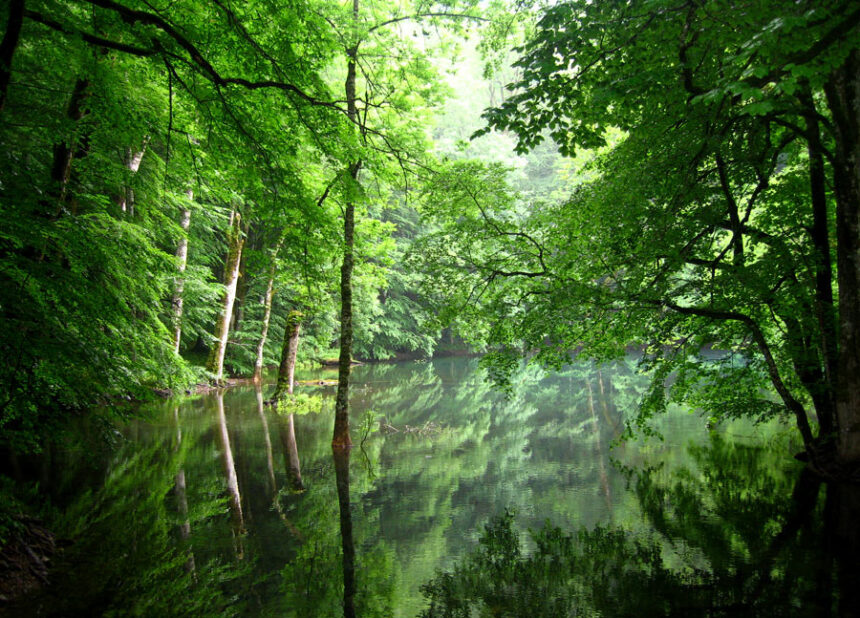Biogradska Gora, the oldest of Montenegro’s national parks was founded as long ago as 1878 by King Nikola, who decided with great foresight to preserve its incredible natural heritage for posterity.
Park is in the mountainous region of Bjelasica that is located in the central part of Montenegro between Rivers Tara and Lim and is surrounded by three municipalities: Kolasin, Berane and Mojkovac. Park is 5400 acres large and surrounded by mountains whose tops are over 2000 meters high and with nine glaciers and one low land lake, Lake Biograd. The seat of the Park is in Kolasin. Although it is the smallest of four National Parks in Montenegro, it is one of the last three rainforests in Europe.
National Park Biogradska Gora contains a diversity of flora and fauna. There are 26 different habitats of plants with 220 different plants. 150 kinds of birds and 10 kinds of mammals live in this Park and in its forest, there are 86 kinds of trees. In the waters of Park exists three kinds of trout and 350 kinds of insects. Basic elements of the Park are an untouched forest with trees over five hundred years old, large mountain slopes and tops, glacier lakes at an altitude of 1820 meters, and an easily accessible lake located at the very entrance to the Park. Park is renowned as a unique geological – morphological region and as such very attractive for scientific research. Mountaineering and visiting are the two most popular summer activities in the Park.
At the altitude of 1.094 meters, in the heart of the rainforest, there is Biogradsko Lake, the biggest and best known of the numerous glacial lakes in the area of the National Park. It consists of two parts, with numerous vortexes and typical glacial coves with unusual esthetic characteristics. Today, Biogradsko Lake is a famous excursion site with developed parking space, restaurant, bungalows, walking paths with lights, and camping space. Thanks to the climate conditions during the summer months, it attracts a large number of tourists, particularly transit tourists, which stop here on their way to the coast, seeking refuge from high temperatures.-.


Leave a Reply